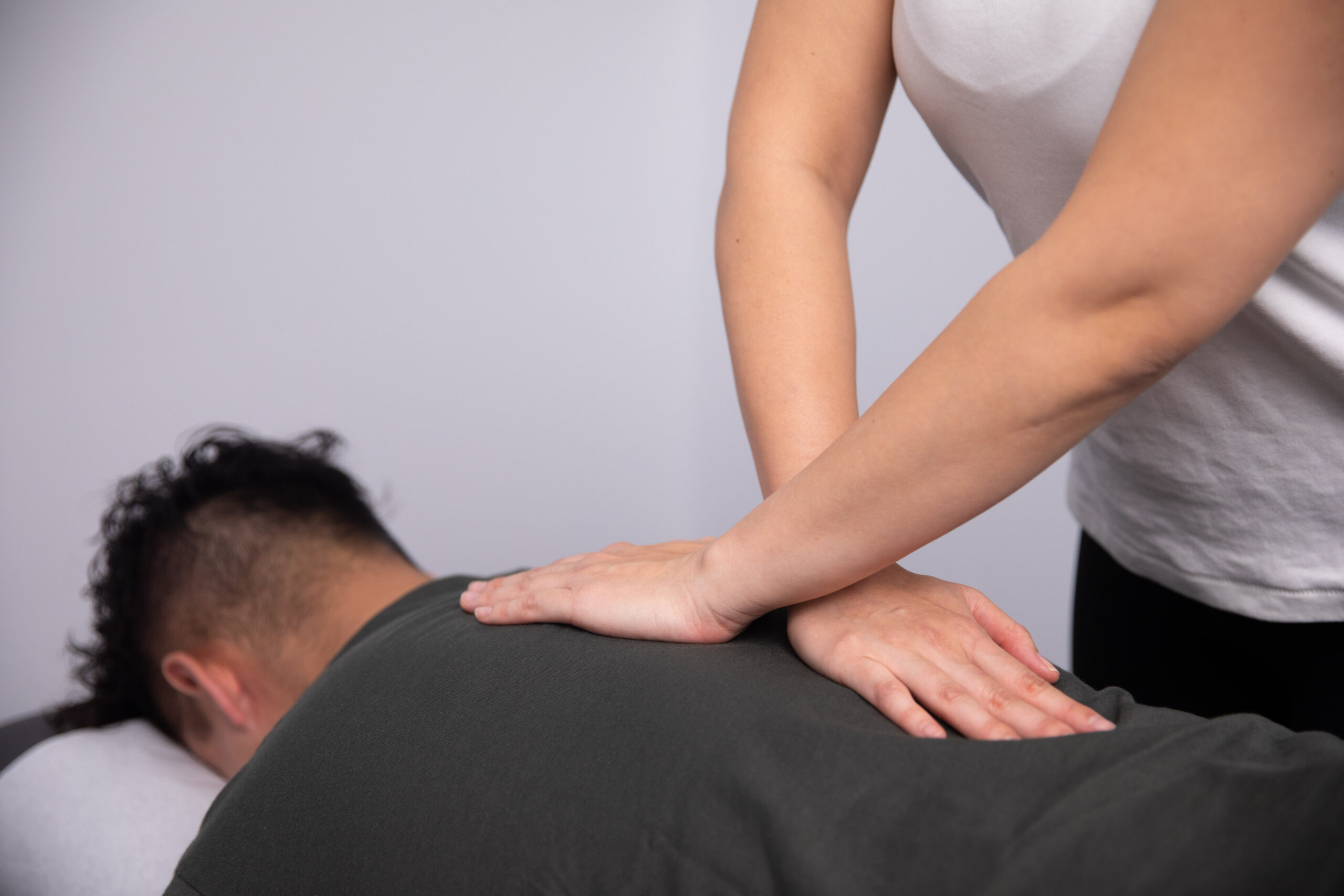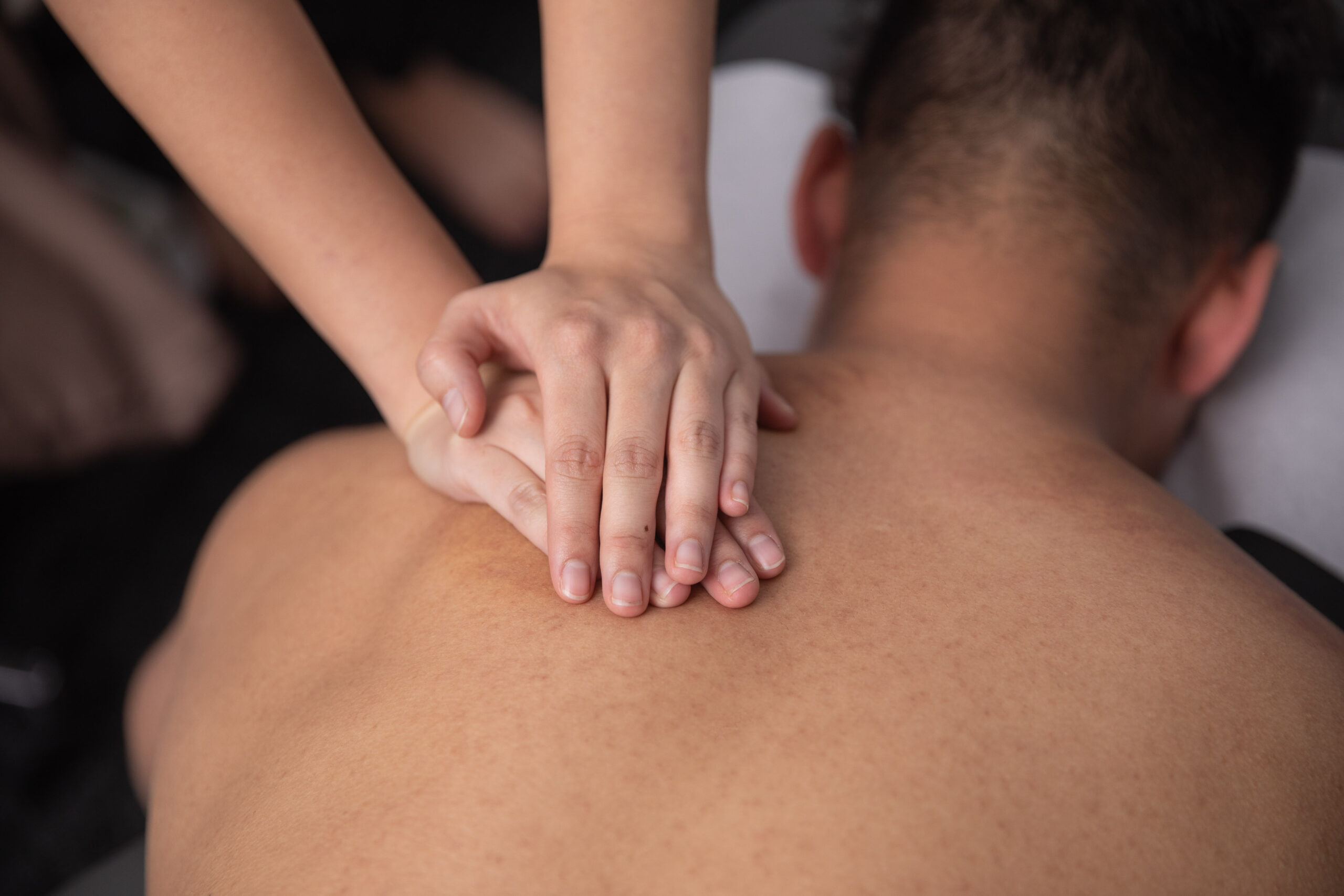Physiotherapy can help restore movement and function to anyone affected by an injury, disability or disease, helping you achieve and maintain movement for life.
Physiotherapy can help restore movement and function to anyone affected by an injury, disability or disease, helping you achieve and maintain movement for life.
We believe that movement is the key to keeping your body functioning at its best. Our physiotherapists will use their in-depth knowledge of how the body works, combined with their hands-on clinical skills, to assess, diagnoses and treat your symptoms.
Using movement and exercise, manual therapy and education, our physiotherapists can help you manage your pain, facilitate your injury healing, and optimise movement.
Physiotherapy can help people of all ages, from infants to the elderly, and is not only helpful when you have an injury or are experiencing pain, but it can even help to prevent many injuries and conditions from arising in the first place.
Our physiotherapists are also highly trained in providing pre- and post-operative rehabilitation for patients following a wide variety of surgeries. Pre- and post-operative rehabilitation is very important and plays an integral role in your recovery. It can make a significant impact on how successful your surgery is and how quickly you recover are back doing the things you want to do. We will guide you through both the pre- and post-operative stages with the uttermost care and closely work with your surgeon to ensure the best possible outcome is achieved and the best treatment is being used for your unique situation.
Some of the common treatment techniques that our physiotherapists utilise include:
- Spinal and joint mobilisations
- Soft tissue massage
- Trigger point therapy and active release technique (applying direct sustained pressure to the problem area)
- Instrument-assisted soft tissue mobilisation
- Dry needling
- Shockwave therapy
- Electrotherapy (TENs/interferential therapy, ultrasound therapy)
- Taping/strapping
- Casting and sling application
- Therapeutic exercise and stretches
- Ergonomic, lifestyle and behaviour modification advice
What is dry needling?
Trigger point dry needling is a treatment technique, which uses small filament type needles to release tight muscles with the goal of permanently reducing muscle pain and dysfunction.
A myofascial trigger point is a small bundle of muscle fibre knots, which are related to the production of pain that often occur as a result of postural dysfunction and in areas of biomechanical stress.
Dry needling works by deactivating and desensitising myofascial trigger points which should stimulate a healing response.




